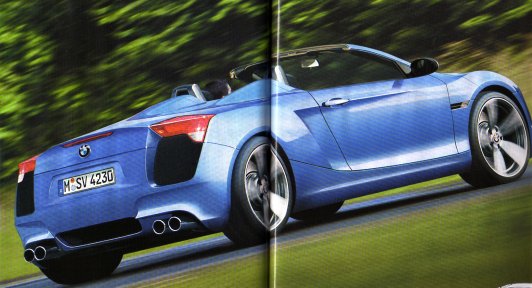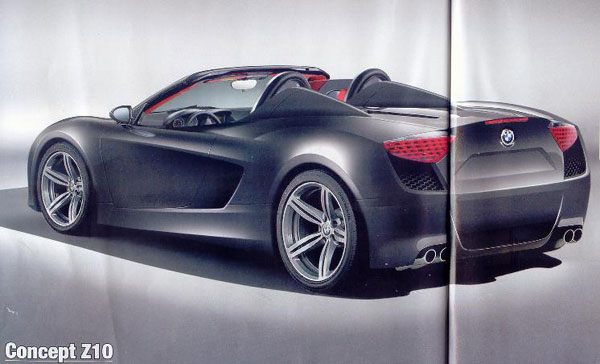The Dornier was designed with two engines mounted on a "shoulder wing" structure and possessed a twin tail fin configuration. The type was popular among its crews due to its manoeuvrable handling at low altitude, which made the Dornier capable of surprise bombing attacks. Its sleek and thin airframe made it harder to hit than other German bombers, as it presented less of a target.

BMW Z10 news and information
Designed in the early 1930s, it was one of the three main Luftwaffe bomber types used in the first three years of the war. The Do 17 made its combat debut in 1937 during the Spanish Civil War, operating in the Condor Legion in various roles. Along with the Heinkel He 111 it was the main bomber type of the German air arm in 1939–1940. The Dornier was used throughout the war, and saw action in significant numbers in every major campaign theatre as a front line aircraft until the end of 1941, when its effectiveness and usage was curtailed as its bomb load and range were limited. Production of the Dornier ended in the summer of 1940, in favour of the newer and more powerful Junkers Ju 88. The successor of the Do 17 was the much more powerful Dornier Do 217, which started to appear in strength in 1942. Even so, the Do 17 continued service in the Luftwaffe in various roles until the end of the war, as a glider tug, research and trainer aircraft. A considerable number of surviving examples were sent to other Axis nations. Few Dornier Do 17s survived the war. The last was scrapped in Finland in 1952.

2008 BMW Z10 Supercar
On 3 September 2010, the Royal Air Force Museum London announced the discovery of a Dornier Do 17 buried in the Goodwin Sands off the coast of Kent, England. The aircraft is in good condition, and owing to its unique and rare stature, the Museum is making plans to protect the bomber and to raise it.

BMW Z10 Pics

2009 BMW Z10 - Top Speed

bmw Z10 eco supercar

BMW Z10 Class Super car

BMW Z10 news and information
Designed in the early 1930s, it was one of the three main Luftwaffe bomber types used in the first three years of the war. The Do 17 made its combat debut in 1937 during the Spanish Civil War, operating in the Condor Legion in various roles. Along with the Heinkel He 111 it was the main bomber type of the German air arm in 1939–1940. The Dornier was used throughout the war, and saw action in significant numbers in every major campaign theatre as a front line aircraft until the end of 1941, when its effectiveness and usage was curtailed as its bomb load and range were limited. Production of the Dornier ended in the summer of 1940, in favour of the newer and more powerful Junkers Ju 88. The successor of the Do 17 was the much more powerful Dornier Do 217, which started to appear in strength in 1942. Even so, the Do 17 continued service in the Luftwaffe in various roles until the end of the war, as a glider tug, research and trainer aircraft. A considerable number of surviving examples were sent to other Axis nations. Few Dornier Do 17s survived the war. The last was scrapped in Finland in 1952.

2008 BMW Z10 Supercar
On 3 September 2010, the Royal Air Force Museum London announced the discovery of a Dornier Do 17 buried in the Goodwin Sands off the coast of Kent, England. The aircraft is in good condition, and owing to its unique and rare stature, the Museum is making plans to protect the bomber and to raise it.

BMW Z10 Pics

2009 BMW Z10 - Top Speed

bmw Z10 eco supercar

BMW Z10 Class Super car
No comments:
Post a Comment